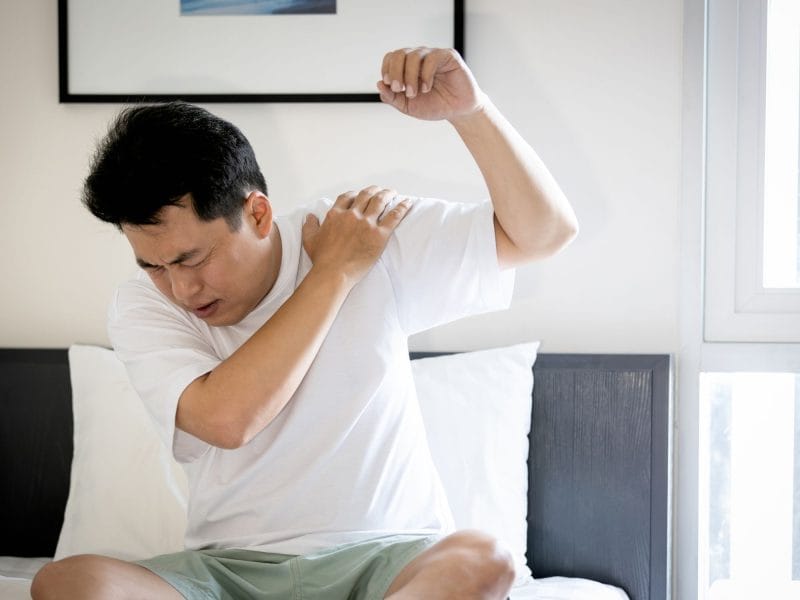
National Walking Month, which runs throughout May, is dedicated to raising awareness of how such a simple activity can bring a wealth of benefits in many different ways.
As the days get brighter, it’s a great time to head outside and soak up that all-important Vitamin D — and what better way than with a relaxing walk? In 2019, the UK Chief Medical Officer recommended 150 minutes of moderate exercise per week — and yes, walking absolutely counts.
Walking offers a wide range of physical and mental benefits, including:
- Improved physical fitness
- Reduced risk of disease and mortality
- Enhanced mental health — helping to prevent and manage depression and anxiety
- Better sleep quality
And let’s not forget — more walking means fewer cars on the road, less pollution, and savings on fuel.
Why Does Walking Deserve the Spotlight?
Walking is the gateway to a healthier lifestyle. It connects us with nature, offers low-impact joint-friendly movement, and is easy to manage. Unlike many other exercises, it’s work-friendly and sociable. Even a short 10–15 minute walk during your lunch break gets your heart rate up, boosts circulation, and clears your head.
You’re not just stretching your legs — you’re:
- Re-lubricating your joints
- Improving your posture
- Gaining mobility
- Boosting mental clarity
Before you know it, you’re standing taller, moving easier, and feeling brighter. That’s your body thanking you.
Let’s turn the spotlight back on you. You’re walking more comfortably, managing joint pressure, standing tall, looking ahead — and feeling happier. A walk gives you the time to breathe, think, and simply be. That time alone is just as important as time spent with others.
Walking from a Physio’s Perspective
Physiotherapists often recommend walking not only as an exercise but as a key tool for restoring and maintaining movement. It’s natural, low-impact, and adaptable for nearly everyone — regardless of age, fitness level, or injury history.
How Walking Supports Rehab and Retraining
Walking is a functional, repetitive movement that strengthens the same muscles and patterns we use every day — from getting out of a chair to climbing stairs. It’s ideal for reintroducing safe, coordinated movement after surgery or injury, helping people recover their confidence step by step.
Ideal for Common Conditions
Gentle walking helps manage:
- Osteoarthritis — by lubricating joints and reducing stiffness
- Lower back pain — by engaging postural and core muscles
- Injuries — by improving circulation and supporting natural movement
It’s not just about recovery — it’s about reinforcing good habits and preventing compensations that could lead to further issues.
How Massage Therapy Supports Walkers
Massage is a powerful partner to walking — especially for those clocking up regular miles or dealing with tightness or fatigue. It helps prevent and manage overuse injuries such as:
- Plantar fasciitis
- Shin splints
- Tight calves, hamstrings, and hips
Massage releases muscle tension, improves gait mechanics, and supports posture. It enhances recovery and performance, helping you spend more time doing what you enjoy — walking in the fresh air.
Getting the Most Out of Your Walk
Warming up and cooling down are key — particularly if you’re recovering from injury. But they don’t need to be complicated.
Try These Before Your Walk:
- Leg swings (front-to-back and side-to-side)
- Ankle rolls
- Hip circles
Repeat 2–3 times for 15–30 seconds to prep your joints and muscles.
After Your Walk:
Hold simple stretches for 15–30 seconds, 2–3 times each. We recommend:
- Raised hamstring and calf stretches
- Seated glute stretches
This helps lengthen muscles, release lactic acid, and support recovery.
Keep It Interesting
Variety matters. Try:
- Changing your walking pace (short bursts of faster walking can be very effective)
- Exploring new routes and locations
- Revisiting old favourites when you need something familiar
Always wear suitable footwear — not necessarily hiking boots for a stroll to the shops, but shoes that fit well and support your activity. And stay hydrated! Aim for 6–8 cups (about 2L for men and 1.6L for women) of water daily. A pale straw colour in your urine is a great indicator that you’re on track.
Tips for Different Populations
As we age, walking becomes even more valuable. It helps maintain bone density, improves coordination, and reduces fall risk. Walking with friends or in groups adds a social boost — great for body and mind.
For those with musculoskeletal conditions (like arthritis, hypermobility, or chronic pain), walking is a gentle but effective option. Stick to softer surfaces like grass or walking tracks, and include gentle inclines to build strength without stressing the joints. Focus on small, steady steps — it’s not about speed but quality of movement.
And for gym-goers or athletes, walking is an excellent low-impact recovery tool that aids fat metabolism and supports active recovery between more intense workouts.
In summary
Walking is simple, accessible, and powerful. Whether you’re doing it for your heart, joints, mood, or fresh air — every step truly matters.
This May, for National Walking Month, we encourage you to carve out time each day — even just 10–15 minutes — to get outside and walk. The benefits build quickly, and your body (and mind) will thank you.
Our clinic is here to support you — with physiotherapy, massage, or advice tailored to your needs. Let’s walk toward better health, one step at a time.





